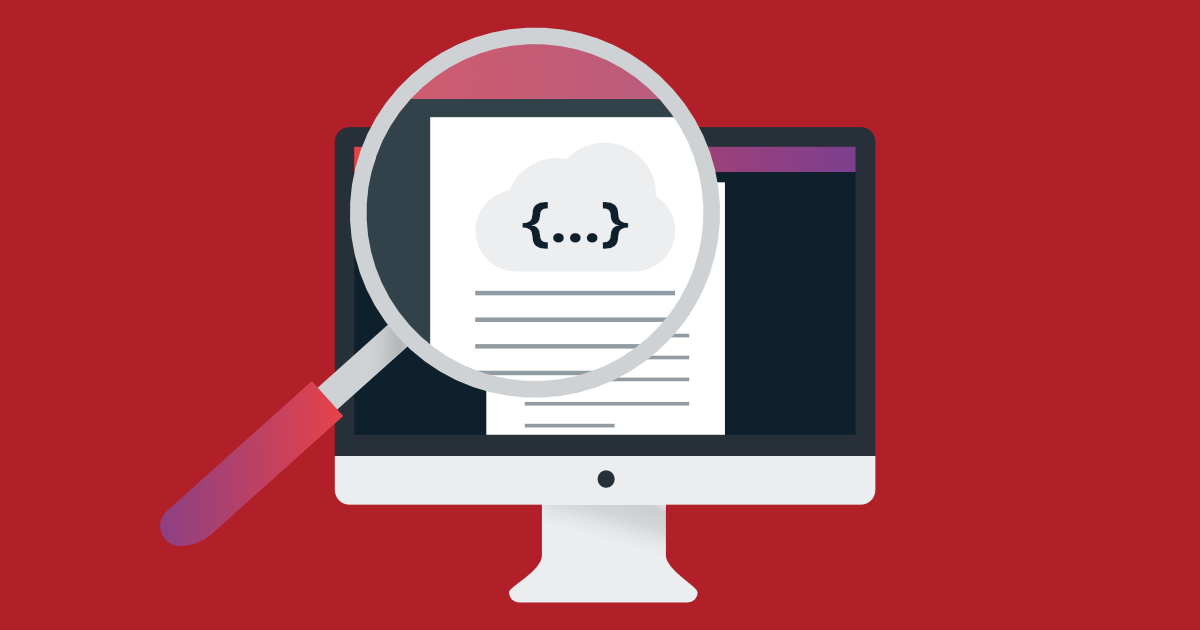RESTful APIs have become the backbone of modern software development, allowing different systems and services to communicate with one another in a standard way. However, as APIs become more complex, it can be challenging to understand how they work and how to interact with them. This is where OpenAPI and Swagger come in. In this article, we'll take a deep dive into OpenAPI and Swagger, exploring how they work, what benefits they offer, and how you can use them to build better APIs.
Swagger API and the origin of OpenAPI
Swagger API is an open-source framework that was initially created by Tony Tam. The framework was designed to help developers describe and interact with RESTful web services using a standardized format. The Swagger specification allowed developers to document their APIs in a machine-readable format, which could be used to generate documentation, client libraries, and other tools automatically.
SmartBear Software, a company that developed software quality tools, acquired the Swagger framework in March 2015 and then later the same year donated the specification to the OpenAPI Initiative under the Linux Foundation. SmartBear continued to develop and promote the Swagger specification, which became an industry standard for documenting and interacting with RESTful APIs.
The OpenAPI Initiative, is a group of industry leaders who sought to create a vendor-neutral, open standard for describing RESTful APIs. The OpenAPI Specification built on the Swagger specification, adding new features and making the format more flexible.
OpenAPI Specification (OAS) 3.0.0 was then released in July 2017, marking the first major release since the specification was contributed to the OpenAPI Initiative by SmartBear Software in late 2015. This release introduced several important new features, including support for callbacks and links, improved security definitions, and the ability to describe API responses in more detail.
The release of OAS 3.0.0 was a significant milestone for the OpenAPI community, as it represented a major step forward in the evolution of the specification. It provided developers with a more powerful and expressive way to describe their APIs, while also making it easier to build and consume APIs that adhere to the OpenAPI standard. The release of OAS 3.0.0 helped to solidify OpenAPI's position as the de facto standard for API description, and set the stage for continued growth and adoption in the years to come.
Since then, SmartBear has been responsible for the development and maintenance of the Swagger tooling ecosystem, which includes the Swagger UI, Swagger Editor, and Swagger Codegen. SmartBear also provides commercial support and services for Swagger through their ReadyAPI platform.
What is OpenAPI?
OpenAPI is a specification that defines a standard language-agnostic format for describing RESTful APIs. It provides a way to describe an API's operations, inputs, outputs, and other relevant information. The specification is written in JSON or YAML and can be used with any programming language or framework. It also allows developers to describe the structure of their APIs, including endpoints, parameters, request and response bodies, authentication methods, and more.
This specification is used to generate documentation, client SDKs, and server stubs for APIs. OpenAPI is widely used in the industry, with support from many popular API frameworks and tools.
What is Swagger?
Swagger is a set of tools built around the OpenAPI specification. It includes a user interface for exploring and testing APIs, as well as code generators and other utilities for working with OpenAPI documents. Swagger was originally created as an open-source project to simplify the process of documenting and testing APIs, and has since evolved into a larger ecosystem of tools that help developers build and consume APIs more easily. Some of the most popular tools in the Swagger ecosystem include:
- Swagger Editor: A web-based tool for designing and editing OpenAPI specifications.
- Swagger UI: A web-based tool for visualizing and interacting with APIs that use the OpenAPI specification.
- Swagger Codegen: A tool for generating client libraries and server stubs from an OpenAPI specification.
5 benefits of using OpenAPI and Swagger
- Standardization: By using the OpenAPI specification, developers can ensure that their APIs are consistent and follow best practices. This makes it easier for other developers to understand and work with the API.
- Documentation: The OpenAPI specification provides a standard way to document an API's operations, inputs, and outputs. This documentation can be used to help other developers understand how to use the API.
- Testing: Swagger provides a web-based interface for testing APIs that use the OpenAPI specification. This makes it easier to test APIs and catch errors before they're deployed.
- Code generation: Swagger Codegen can automatically generate client libraries and server stubs from an OpenAPI specification. This can save developers time and reduce the risk of errors.
- Language independence: The OpenAPI specification can be used with any programming language or framework. This makes it easier for developers to work with APIs, regardless of their preferred technology stack.
How to get started with OpenAPI and Swagger
Getting started with OpenAPI and Swagger is a fairly simple process that involves a few key steps. First, it's important to have a basic understanding of RESTful API design, which includes HTTP methods, status codes, and resource modeling. Once you have a good grasp of these concepts, you can install the Swagger tools, which include the Swagger Editor, Swagger UI, and Swagger Codegen. From there, you can create an OpenAPI specification using the Swagger Editor or another OpenAPI specification editor. Once your specification is created, you can validate it using tools like the Swagger Codegen or Swagger Inspector. From there, you can use the Swagger Codegen to generate documentation and client or server code based on your OpenAPI specification. You can then test your API using the Swagger UI and, once it's ready, publish it and make it available to others.
List of tools for designing an API using the OpenAPI specification:
- Martini - This is a low-code API development platform that allows you to create OpenAPI specifications using a visual editor. It includes features such as automatic mock server generation, code generation, and API documentation generation.
- Swagger Editor - This is a popular, web-based editor for creating and editing OpenAPI specifications. It provides real-time validation and syntax highlighting, making it easy to create and edit specifications.
- SwaggerHub - This is a collaborative platform for designing, building, and documenting APIs. It includes a web-based editor and provides a variety of collaboration and versioning features.
- Stoplight Studio - This is a desktop application for designing and documenting APIs using the OpenAPI specification. It includes features like real-time validation, mock servers, and automatic generation of documentation.
- Insomnia Designer - This is a desktop application for designing APIs using the OpenAPI specification. It provides a user-friendly interface and real-time validation.
- Apicurio - This is an open-source tool for designing, documenting, and sharing APIs using the OpenAPI specification. It includes a web-based editor and provides features like collaboration and versioning.
These are just a few of the many tools available for designing APIs using the OpenAPI specification. Each tool has its own strengths and weaknesses, so it's important to choose the tool that best fits your needs and workflow.
How does Swagger make it easier to test and explore APIs?
Swagger provides a tool called Swagger UI, which makes it easy to test and explore APIs by providing a user-friendly interface for interacting with the API. Swagger UI displays the API endpoints, along with any parameters that need to be provided, in a web-based interface that can be used to test the API.
Using Swagger UI, developers can easily explore the API endpoints and test them by providing sample data for the parameters. Swagger UI can be used to test APIs locally or against a live API, making it a useful tool for API development and testing.
Additionally, Swagger UI can be customized to match the look and feel of your application or website, making it a great tool for providing API documentation to end-users. This makes it easy for end-users to understand how to use your API and provides a great user experience.
Swagger makes it easier to test and explore APIs by providing a user-friendly interface with Swagger UI, which can be customized to match the look and feel of your application or website.
Can I use Swagger with APIs that don't use the OpenAPI specification?
Swagger is a set of tools built around the OpenAPI specification, so it is designed to work specifically with APIs that use the OpenAPI specification. However, the Swagger toolset is not limited to just the OpenAPI specification and can also be used with other specifications, such as RAML or API Blueprint.
That being said, using Swagger with a specification other than OpenAPI may require some additional configuration and customization to make it work correctly. Swagger is most powerful when used with the OpenAPI specification, as this is the primary specification that the Swagger toolset was designed to work with.
If you are not using the OpenAPI specification but still want to take advantage of Swagger's tools, you may need to modify or create a custom specification that conforms to the Swagger specification format, which is similar in structure to the OpenAPI specification. Alternatively, you can use other API testing and documentation tools that are designed to work with your API specification.
Are there any downsides or limitations to using OpenAPI and Swagger?
Although OpenAPI and Swagger have many advantages, there are several downsides and limitations that need to be considered. Firstly, there is a learning curve associated with learning how to use OpenAPI and Swagger effectively, especially for developers who are new to API development or unfamiliar with YAML or JSON data formats. Additionally, keeping the OpenAPI specification up-to-date can be time-consuming, especially as the API evolves over time, so it's important to keep the specification in sync with the actual API to ensure that the documentation is accurate and up-to-date.
While OpenAPI and Swagger are fantastic tools for documenting and testing RESTful APIs, they may not be suitable for all types of APIs, such as APIs that use non-standard protocols or APIs that require advanced authentication and authorization. Furthermore, while Swagger Codegen is a powerful tool for generating client libraries and server stubs from an OpenAPI specification, it's not perfect and may require manual tweaking to get the generated code to work correctly in your project.
Another consideration is that OpenAPI and Swagger are not security solutions and do not provide any security features out of the box, so it's important to ensure that your API is secure and that appropriate security measures, such as authentication and authorization, are in place. Overall, OpenAPI and Swagger are powerful tools that can greatly simplify the process of developing, documenting, and testing RESTful APIs, but it's important to understand their limitations and ensure that they are used appropriately in your project.
OpenAPI and Swagger: Powerful Tools for Simplifying API Development and Documentation
OpenAPI and Swagger are powerful tools for working with RESTful APIs. By using the OpenAPI specification to describe your APIs, you can make it easier for developers to understand and interact with your API. And by using Swagger to build on top of that specification, you can make it even easier to explore and test your APIs. With these tools, developers can build better APIs faster, leading to more efficient development and better integration between systems. Whether you're building APIs for internal use or for public consumption, OpenAPI and Swagger are essential tools for modern software development.





